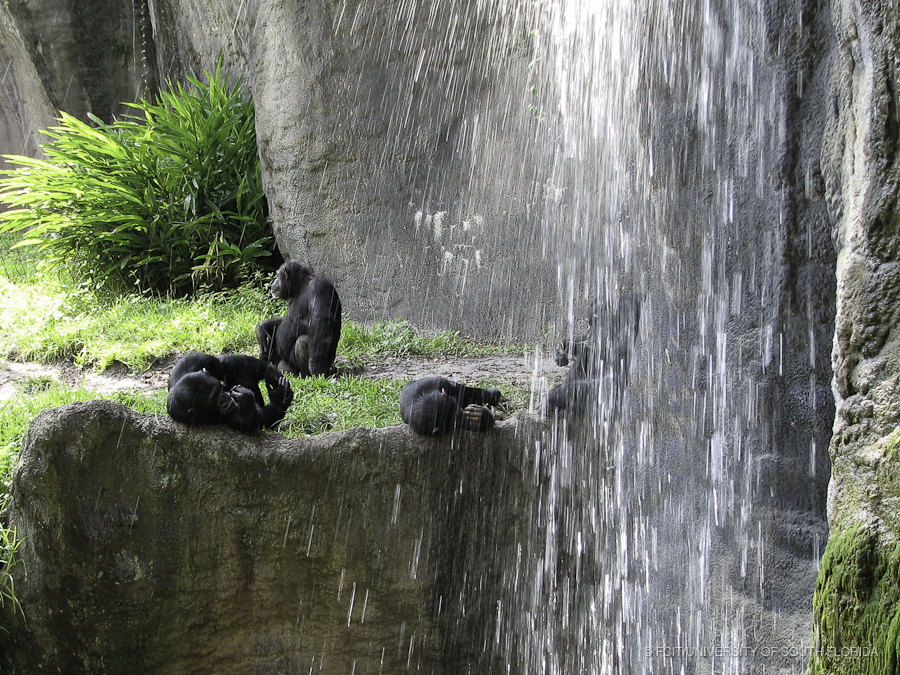There
are hundreds of ways to nurture nature, and let me suggest the first two of four.
The first area is to wonder out in
nature. These are wow experiences. I was leading a
 |
| (photo by Brocken Inaglory) |
multigenerational bird tour
once in New Mexico with one of our congregations there, and the children were
out of their daily routine, and were perhaps a bit hesitant, especially Billie.
His mother had a cocaine habit, and he was born addicted to cocaine and had
issues with connecting and resonating with others.. We had come across a field
full or snow geese, bright white in the sun. Suddenly
they all took to the air, their wings vibrating in the very depths of our body
and ancestral knowing. The children transformed, they came alive, were pure joy
and connection, especially Billie who jumped, danced, cried out, and ran to his
grandparents to be close to them, to be held, to connect, and to share in that
wonder together.
Nature is full of unexpected and
surprising events that we cannot foresee, and this is good for us. James Austin, a neurologist, encourages us to
have nature experiences because they help integrate our neurological processing
and contribute to mindfulness and living in the present moment with attention
and gratitude. He particularly suggests looking up, and gives many examples of how
this can wire us for presence, including an event that happened to me years ago.
I was out walking in Guatemala
studying parrot nests, and my guide was a local Guatemalan. We weren't seeing
many birds and so we began to talk. He
wanted to tell me of his love of Jesus and Mary, and I put up my guard a little
bit, unsure if he was proselytizing me or expecting something from me I could not
give. I was disconnecting and distancing
myself from him mentally, when we came up to the forest's edge where the sun
was just rising over the tree tops in a shroud of misty fog. Suddenly
a loud flock of parrots burst forth from the tree canopy. Before I knew what
happened, I was on my knees in the grass, weeping. I had been so startled with
awe and beauty, I just fell. Afterwards I was a little embarrassed, but more
than anything I had a sudden clarity and connection to humanity and the world.
I knew that when people said words like Mary
and Jesus, it was like when I said
birds and trees. That experience was part of moving towards things spiritual,
towards beauty, towards service, and towards an ease around religious
differences, for I saw the wonder moving beneath it all.
 |
| (photo by Eric Kilby) |
Dr. Austin says my experiences were
not usual. Indeed in another study the researchers
asked students to gaze up at trees, a task known to evoke awe. The other half turned their back to the
trees. Afterwards they approached each
group of students with a questionnaire and pretended to trip and drop pens on the ground. The awe group picked up
10% more pens, and felt less entitlement to payment for their participation in
the study.
So looking up is good for us, whether
it is trees, birds, planets, of which you can now see four just before sunrise, or stars, with the summer
triangle still present which encompasses the double star o Episolon Lyrae. Let's take a moment to look up at trees, shall
we? Wonder in nature are wow experiences. Like other emotions,
having facial expressions of it and even acting it out, helps evoke it. Would you say it with me now? WOW!
Nature isn't just out there, it's
everywhere, and it's in us. How do we wonder at the ordinary, and move towards
the banal and boring? The uncomfortable even?
It's one thing to wonder at the rainbow of colors in our trees this time
of year, but how do we do it when the leaves are brown and gone? Where is the wonder on the train ride into the
city or in the subway while reading headlines of disaster and death? Can't there has to be something more to wonder
at than the last audacious thing that crazy politician said. Really? It takes
practice to cultivate wonder in the daily things, so our wonder isn't a really response, but a more gentle really response. Say it with me, would you? REALLY?!
To grow wonder, slow down and ask
this of ordinary, or routine objects in your day. How did that get to be
here? Why is it here? If it is alive, what
is it doing and thinking? How is it connected
to me and the web of life? Really!?
Pick something in this room that is boring.
I hope you are not looking at me. Maybe pick the wood in your house. How did it get to be here? Woody trees only
evolved in the late Devonian period about 360 million years ago. The appearance of trees and forests were one
of the triggers for the two major extinction events in the Devonian when over
50% of the world's genera went extinct. Today
there are 3 trillion trees, 400 for every human. There are more of them than
us, and they caused terrible drastic climate change and extinction. We're not so bad, really?!
This leads us to the 3rd of
nurturing nature - seeing wonder in our own kind, which we will take up in the last
segment of this series on nurturing wonder.












